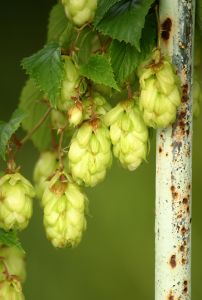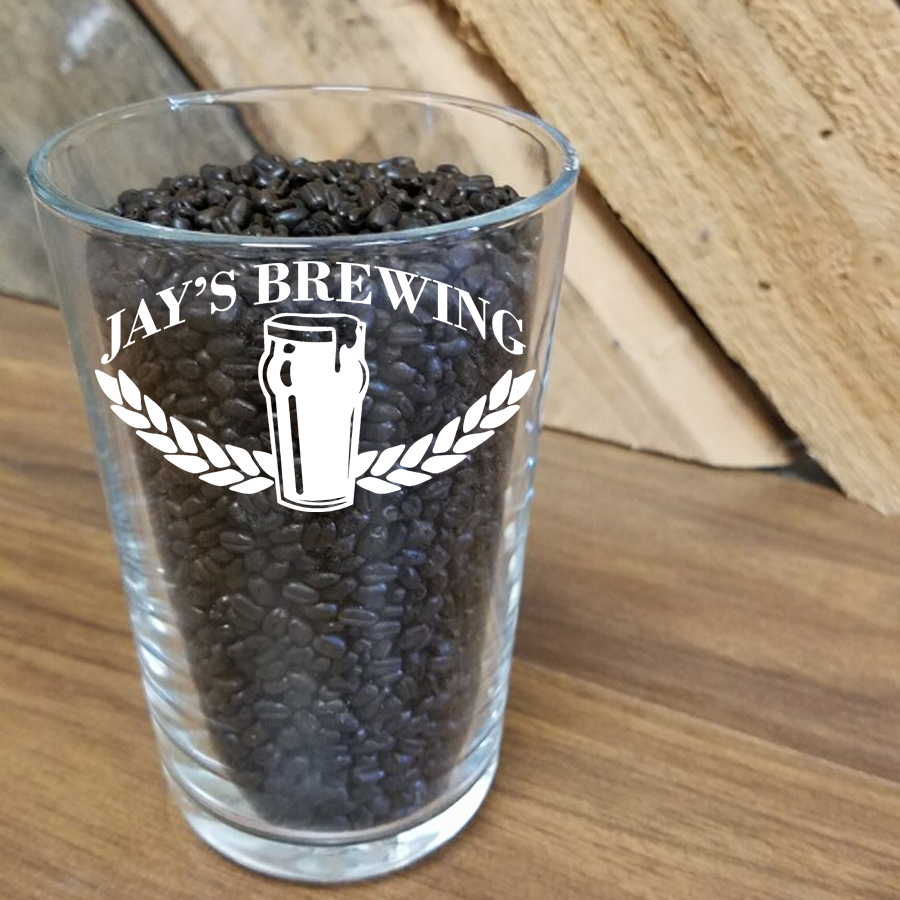There’s a lot of ways to bring out a nice hop aroma in your beer. One of the best way’s to do so in my opinion is to dry hop your beer. So what is dry hoping? Simply dry hoping is adding hops in your beer unusually while it is in secondary fermentation. Some myths that I feel need to be clarified about dry hopping have to be addressed maybe this is in hopes to end the hate on dry hopping.
When dry hopping, most people are concerned with contaminating their beer. This is understandable because so many in the homebrewing world are very concerned with contamination, me never been really that OCD about it. While it is true that uncooked hops (such as not boiling your hops in the wort) may contain some bacteria on them, the acts of dry hopping virtually never contaminates a beer.
There are a few reasons that you can make this assumption and continue to dry hop without any fear. When fermentation takes place, the beer will become anaerobic. In general, most contaminates are aerobic, meaning that they need oxygen. Next after fermentation takes place there is alcohol, this again inhibits most organisms to grow, I mean it even kills the yeast. The last factor, when fermentation takes place the pH in beer drop, becoming more acidic again making a hostile environment for these bacteria.
Back to dry hopping when racking to your secondary fermenter, take your container of hops, open them dump them in the carboy. Now siphon in the beer. Allow them to sit for 2 weeks before bottling. I know, it’s a very complicated process…
You don’t need hop bags, but if you wanted to use them it wouldn’t hurt the process. In the case of using hop bags just make sure that they are clean and disinfected. The plus side to using a hop bag for this is that you will have less sediment. One trick to keep a hop bag on the bottom is take a stainless steel nut, bolt, or screw, and put it in the bag after it is disinfected – this will act as a weight. Another on is you can always disinfect a marble and put it in the bag as well. Since the weight is stainless steel or glass, you do not worry about it changing the flavor or your beer.
Dry hopping is a great technique that can totally change the flavor or any of your beers. Most often you will find that dry hopping happens is Pale Ales as well as with IPA’s.
If you end up dry hopping beers, you’ll notice that you might not need as many hops in the boil to get the full, “hoppyness” of the beer. The reason being in my opinion is, what you smell is what you taste. It doesn’t matter if you’re opening from a bottle or sipping from a glass, when the first thing you smell are fresh hops you are automatically preparing your senses to taste hops. With that said, you will taste more hops.
Truthfully, I don’t really dry hop. The reason I don’t is that my favorite styles don’t need dry hops. I know this will sound old to many people but I feel I must say it again, I make styles like Scottish, Milds, Browns, Irish Reds, just European brews. I make those a lot, for what ever reason pub ale’s are just my favorite. A lot of these you can also assume that you are going to use a total of 4 different types of hops: Fuggles, Kent, Styrian, Willamette. In those styles you really don’t find it helping the recipe to dry hop. But if your making other styles it’s something that you might want to consider.
Hope this helps those that are, “hop heads” or people trying to put their nerves to ease about dry hopping their beers.
Cheers
~Derek





November 10, 2011 at 9:49 pm
I appreciate the effort, but I’d appreciate even more if you had someone edit your grammar and spelling. “Their” and “there” and “your” and “you’re” are not interchangeable. Oh, and a single marble will not keep a bag of hops submerged. Otherwise, the article is a good, basic introduction to dry hopping.
November 11, 2011 at 10:48 am
Thanks for the comment! We’re constantly striving to get better post as well work out the kinks. As far as the marble not keeping the bag submerged, that might have been your past experience or maybe mine are bigger/more mass but it seems to work for me. People have also used nuts and bolts which may work for you if you are having trouble getting them to submerge. But I would suggest stainless steel parts in order to avoid off flavors.
Cheers,
Derek